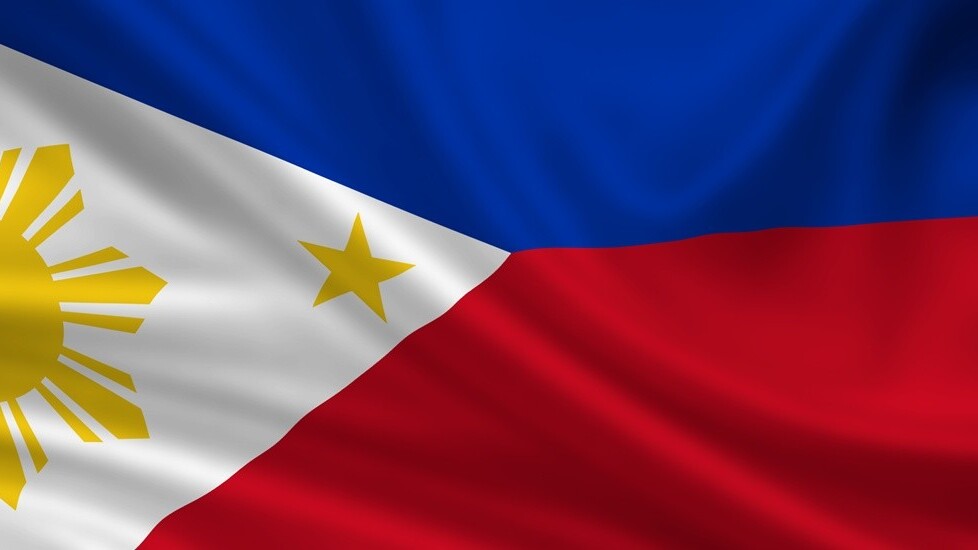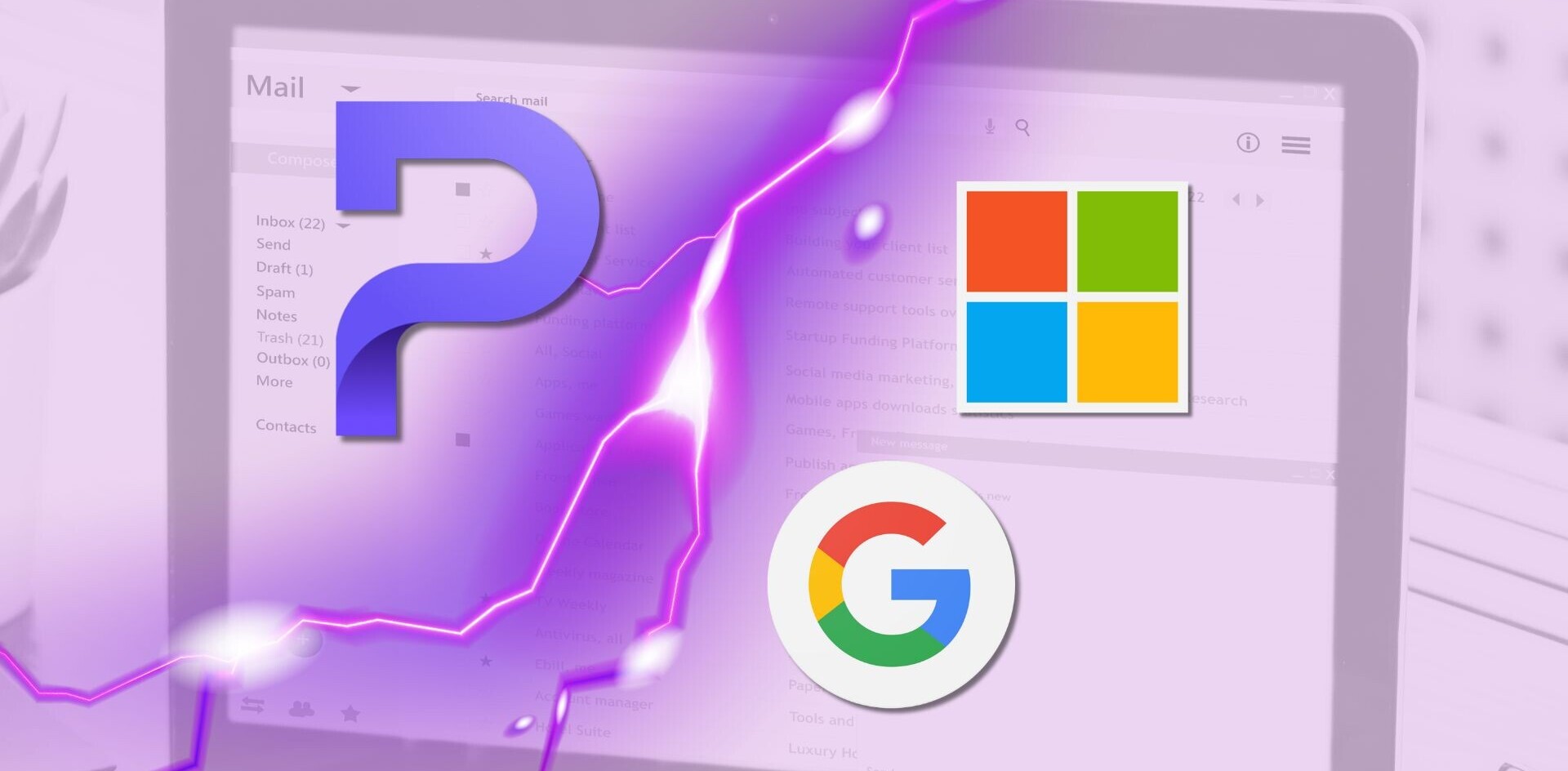
Google’s Crisis Reponse team has responded to the threat of Typhoon Pablo, which is moving in on the Philippines, by publishing a map to gives local residents and emergency teams the latest information on how the situation is developing.
The map, which is updated in real time, uses EC Joint Research Centre data to show the predicted storm level across the country, in addition to grade storm level warnings and more, as Google explains:
On the map, you’ll find storm warnings, shelter locations, the latest weather information, and more. The map is available in English, as well as Filipino. You can also find the map embedded on the Filipino government’s Pablo site.
More than 41,000 residents have been evacuated in advance of Pablo hitting and in the south of the country, where it has already struck with wind gusts of up to 195 km/h (121 miles/h), at least one person is reported to have died.
Just yesterday at Google’s Next Billion event in Singapore, Anthony Baxter, team leader at the Google Crisis Response team in Sydney, discussed how the search giant respond to emergencies and crises across the world.
“Crisis response used to be run on a one-off basis around incidents, but it became ongoing after the 2010 disaster in Haiti,” Baxter explained.
Google’s central Crisis Response team is relatively slim, but it pulls in local country and regional staff to work specific projects when required. So, for Pablo, a number of the regional team in Singapore and local Googlers in the Philippines work with local agencies, the government and other response teams to help aggregate and provide information for residents and organizations alike.
The systems are built using open sourced system with API available for authorities and organizations that request them. Recently Google began providing easy share options, to help those affected or in a particular country, share information with friends and family through the Web and social network, in particular.
“The impact of each disaster is always different,” Baxter said. “Every one is a new lesson that we learn from since the response is always different. We take stock and our tools set becomes more polished.”
Baxter admits that the ultimate situation would see enough automated and ready-to-use services to allow organizations to tap into Google’s crisis response products independently, with Google acting in an advisory capacity.
Mobile remains a tricky area for Google’s crisis response efforts since a device carrying old data — perhaps because it is offline, or on a feature phone — can be more hazardous than no data at all, since it has the potential to mislead. For that reason, Baxter says that the company is treading carefully but definitely addressing the opportunity.
Image via aldorado / Shutterstock
Get the TNW newsletter
Get the most important tech news in your inbox each week.




